Get to know Belgrade
Belgrade, the lively capital of Serbia, is a city that blends its rich history and cultural legacy with a modern and dynamic spirit. With its diverse array of activities and experiences, Belgrade is a city that assures to captivate your attention between the conference sections. On this page, we provide some basic information you might find helpful.
If you wish to learn more about Belgrade, useful information can be found on the official site of the Tourist Organization of Belgrade.
History
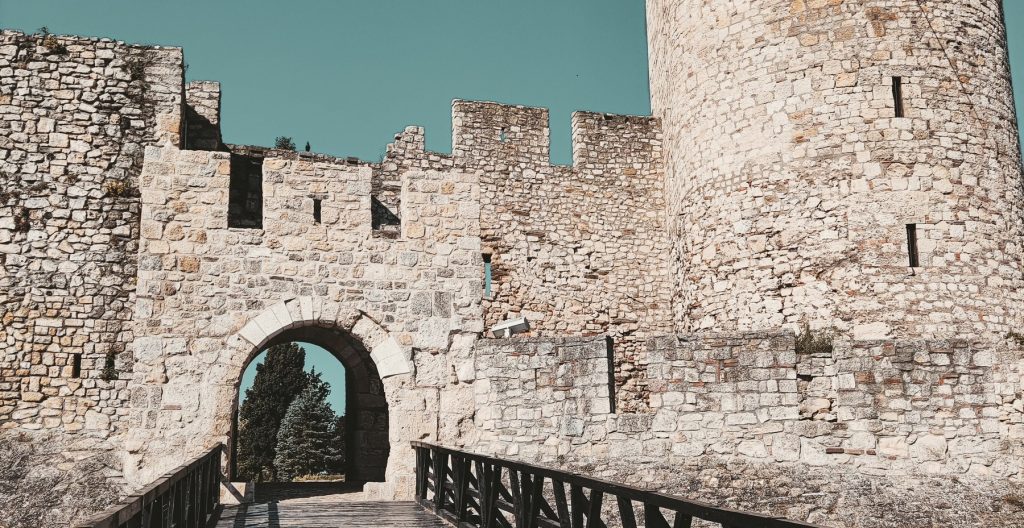
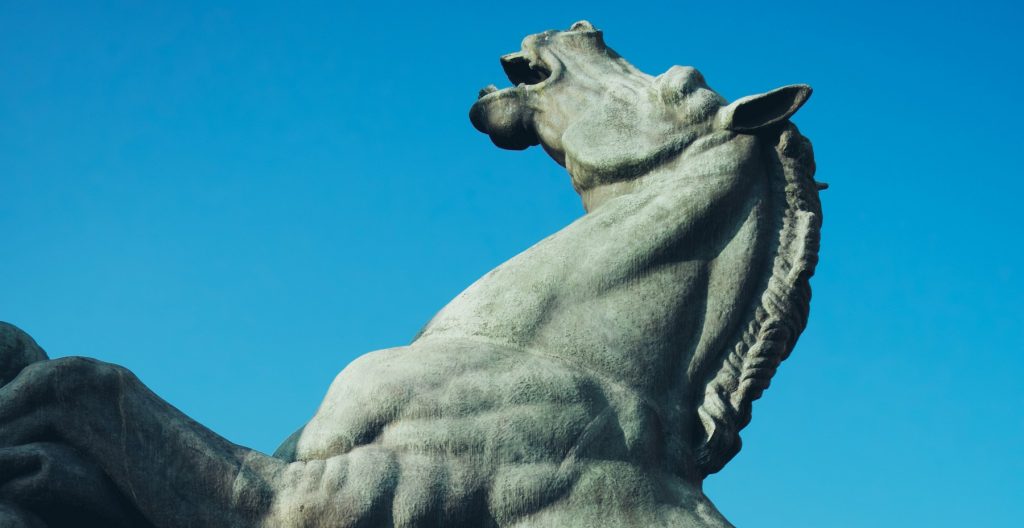
With a history of over 7,000 years, Belgrade is considered one of the oldest cities in Europe. Throughout the centuries, it has acted as a meeting point between the East and the West and has been inhabited by the Celts, Romans, Ottomans, and Austro-Hungarians, among others. Today, you can relive bits of its diverse history by exploring its well-preserved architectural landmarks, ancient ruins, and well-curated museums.
A must-see is undoubtedly the Belgrade Fortress (Kalemegdan), an imposing landmark that has stood at the confluence of the Sava and Danube rivers since the 2nd century AD. Visitors can explore the fortress and its towers, gates, and museums or stroll through its scenic parks.
Several museums and galleries boast the city’s artistic legacy and cultural heritage, including the National Museum, the Museum of Yugoslavia, the Nikola Tesla Museum, the Museum of Contemporary Art, the Historical Museum of Serbia, and the Museum of Science and Technology.
The history of Belgrade can also be seen outside museums since different parts of the city hold distinct cultural traces. For instance, Skadarska Street is a historic bohemian quarter in Belgrade, dating back to around two centuries ago. The area has retained its original appearance with restored historic buildings and cobblestones. Skadarska is also home to some of Belgrade’s oldest and most traditional kafanas (Serbian taverns), where you can enjoy local cuisine and drinks.
Food
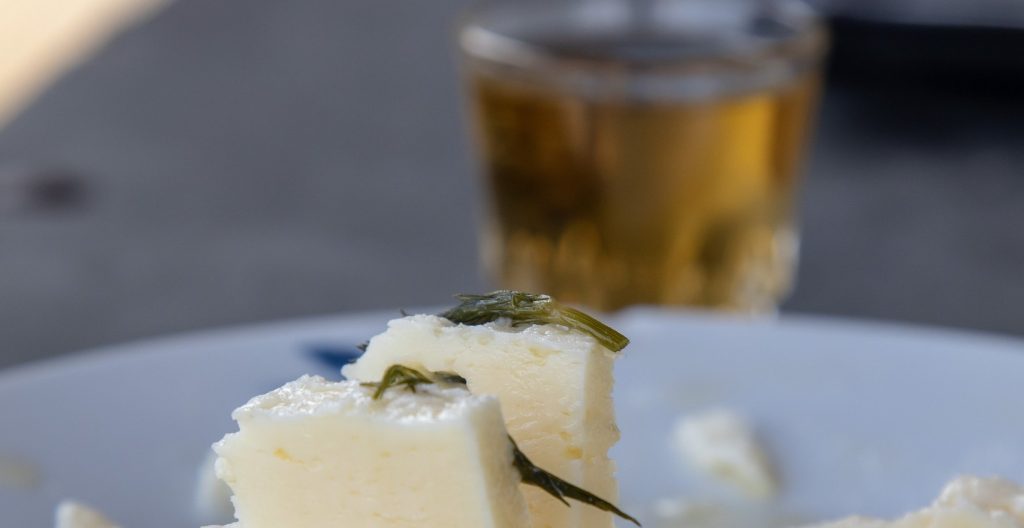
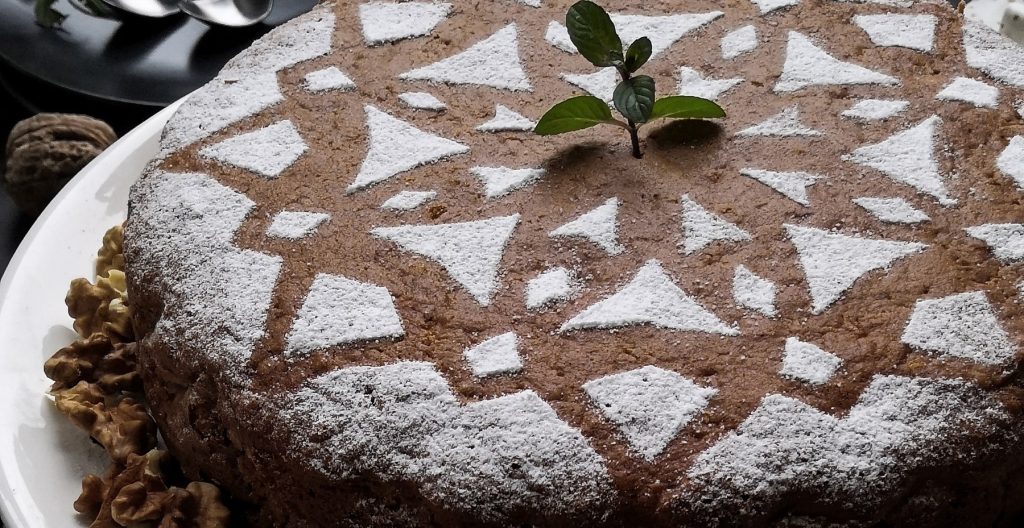
The food scene in Belgrade is something to look forward to. The city offers a wide range of dining options, from traditional kafanas and street food to modern restaurants serving food from all around the world. To truly experience our food culture, make sure to try traditional Serbian dishes, as well as national drinks. Some local restaurants offer a fusion of well-known Serbian dishes with a modern twist. For those who prefer plant-based food, the city has a growing vegan and vegetarian scene, with an abundance of appetizing options.
Restaurants in Belgrade can be found throughout the city, with many clustered in popular areas such as Skadarlija, Knez Mihailova Street, and along the Sava and Danube rivers.
More trendy and eccentric food places are located in Dorcol and Vracar districts.
Getting around
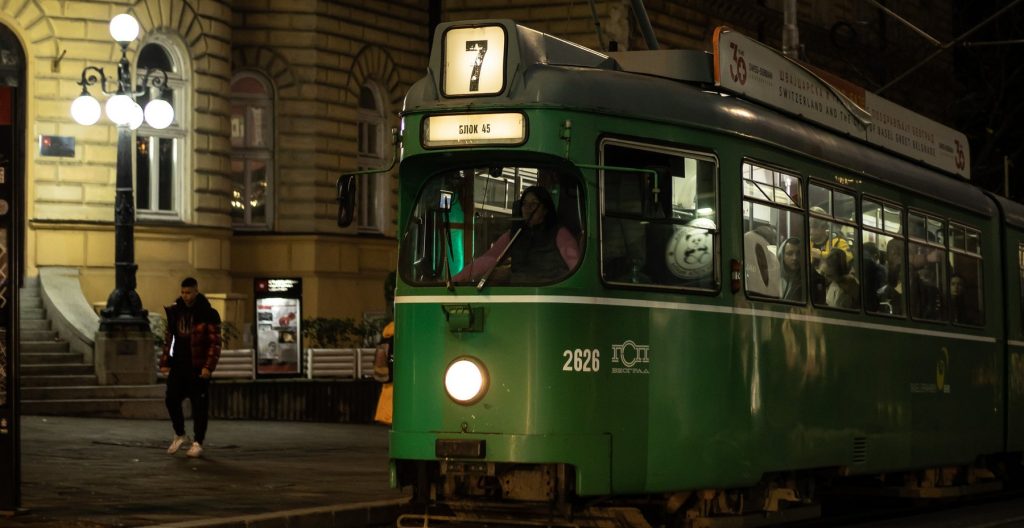
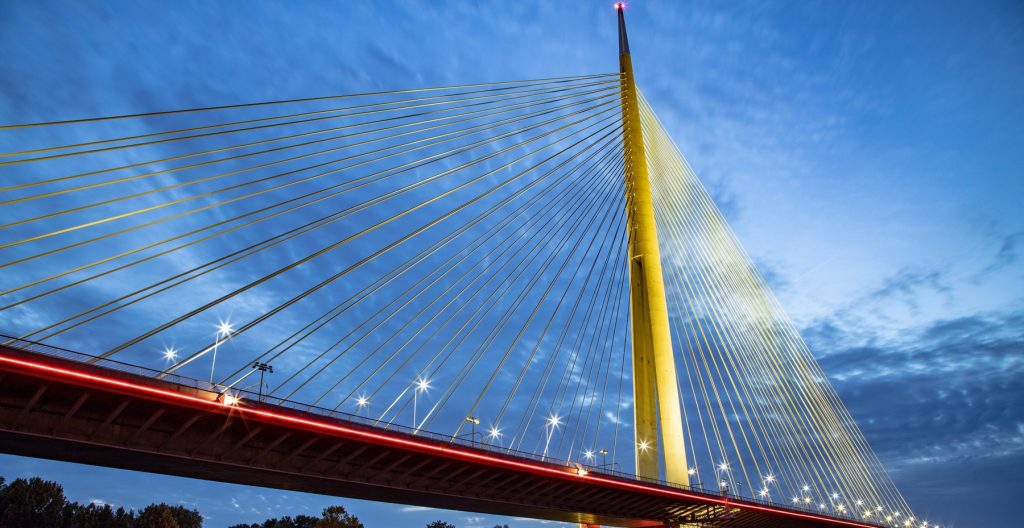
Belgrade has an extensive public transportation network, including buses, trams, and trolleybuses, making getting around the city convenient. Single-ride, as well as daily and weekly tickets, are available for purchase for an affordable price. As Belgrade’s public transit company is currently implementing a new ticket system, more information will be provided soon.
It is worth mentioning that many noteworthy parts of the city are within walking distance from the conference venue. Google Maps is a very helpful tool for finding your way through downtown on foot.
Activities
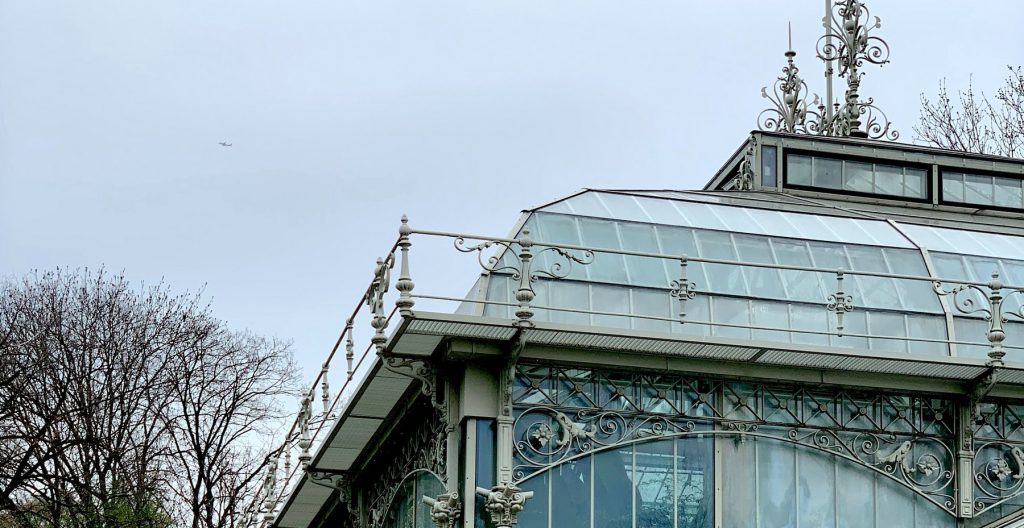
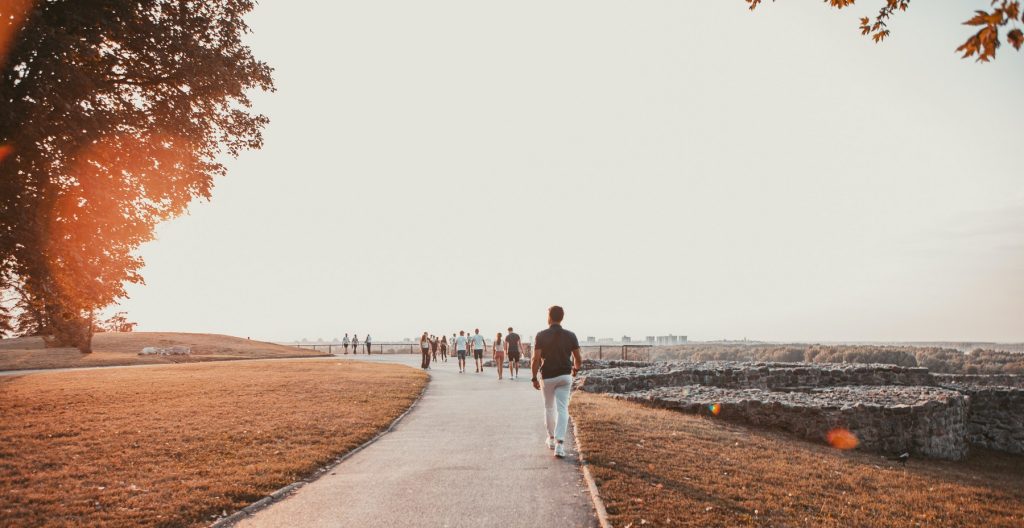
Spring is the right time to take advantage of the many outdoor activities available in Belgrade. For those preferring a tranquil atmosphere, we recommend the Jevremovac botanical garden, Topčider Park, as well as the woods of Košutnjak. If you plan to indulge in a more urban outdoor experience, the Dorćol Promenade and Zemun center, which includes Gardoš, a hilltop with a captivating panoramic view of the Danube River, are enjoyable, scenic city spots.
If you wish to use this opportunity to see more of what Serbia has to offer, we recommend visiting the official site of the Tourist Organization of Serbia.
